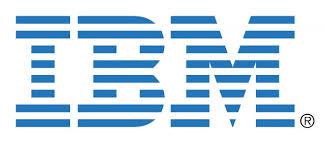25 AI Predictions for 2025
By Laura Ascione

Originally published by eSchool News
AI and automation become a competitive advantage for education platforms and systems. 2025 will be the year for AI to be more infused in education initiatives and platforms. AI-powered solutions have reached a tipping point from being a nice-to-have to a must-have in order to deliver compelling and competitive education experiences. When we look at the education sector, the use cases are clear. From creating content like quizzes, to matching students with education courses that meet their needs, to grading huge volumes of work, enhancing coaching and guidance for students, and even collecting, analyzing and acting on feedback from learners, there is so much value to reap from AI. Looking ahead, there could be additional applications in education for multimodal AI models, which are capable of processing and analyzing complex documents including images, tables, charts, and audio.
—Rachael Mohammed, Corporate Social Responsibility Digital Offerings Leader, IBM
Agentic and Shadow AI are here. Now, building guardrails for safe and powerful use will be key for education providers and will require new skillsets. In education, we expect the start of a shift from traditional AI tools to agents. In addition, the mainstream use of AI technology with ChatGPT and OpenAI has increased the potential risk of Shadow AI (the use of non-approved public AI applications, potentially causing concerns about compromising sensitive information). These two phenomena highlight the importance of accountability, data and IT policies, as well as control of autonomous systems. This is key mostly for education providers, where we think there will be greater attention paid to the AI guardrails and process. To be prepared, educators, students, and decision makers at all levels need to be upskilled in AI, with a focus on AI ethics and data management. If we invest in training the workforce now, they will be ready to responsibly develop and use AI and AI agents in a way that is trustworthy.
—Justina Nixon-Saintil, Vice President & Chief Impact Officer, IBM
Continue reading here

